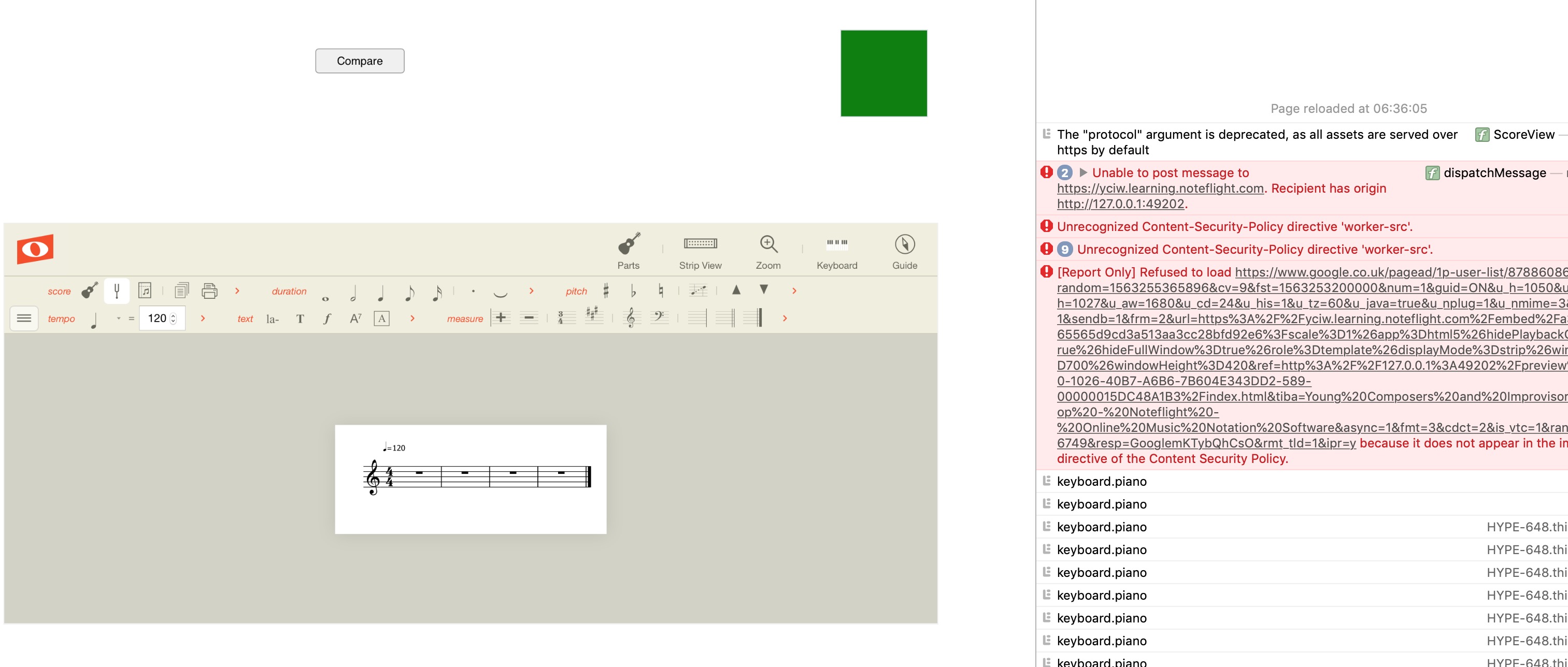

You’ll then click on the “Upload” button to send the image data to the server and each image will display its upload status. There will be a button on the top right of the thumbnail that will remove the file from the list in case you didn’t mean to select an image or change your mind about uploading it. Instead, a thumbnail preview will show up. In addition to using Vue, we’ll be changing the features up: after an image is added, it will not upload immediately. It uploaded the files immediately after you chose them with a simple progress bar and an image thumbnail preview.
#UNCAUGHT CANNOT LOCATE DOM NODE GIVEN TO NEW FILEDROP CLASS HOW TO#
What’s different about the file uploader we’re building in this article versus the previous one? The previous drag-and-drop file uploader was built with Vanilla JS and really focused on how to make file uploading and drag-and-drop file selection work, so its feature set was limited. Mostly seen in old scripts.Building on a previous article on How to Build a Drag-and-Drop File Uploader, we’ll be adding some new features, but more importantly (maybe), we’ll be learning how to build it in Vue 3 and learn some best practices for Vue along the waxy. To append HTML to the page before it has finished loading:Īfter the page is loaded such a call erases the document. "afterend" – insert html right after elem.Īlso there are similar methods, elem.insertAdjacentText and elem.insertAdjacentElement, that insert text strings and elements, but they are rarely used."beforeend" – insert html into elem, at the end,."afterbegin" – insert html into elem, at the beginning,."beforebegin" – insert html right before elem,.Given some HTML in html, elem.insertAdjacentHTML(where, html) inserts it depending on the value of where: node.replaceWith(.nodes or strings) –- replace node.node.after(.nodes or strings) –- insert right after node,.node.before(.nodes or strings) –- insert right before node,.node.prepend(.nodes or strings) – insert into node, at the beginning,.node.append(.nodes or strings) – insert into node, at the end,.elem.cloneNode(deep) – clones the element, if deep=true then with all descendants.document.createTextNode(value) – creates a text node (rarely used),.document.createElement(tag) – creates an element with the given tag,.And usually we can see this method in scripts just because they are old.

But in practice these requirements rarely come together. So if we need to add a lot of text into HTML dynamically, and we’re at page loading phase, and the speed matters, it may help. It writes directly into the page text, while the DOM is not yet built. So it works blazingly fast, because there’s no DOM modification involved. Technically, when document.write is called while the browser is reading (“parsing”) incoming HTML, and it writes something, the browser consumes it just as if it were initially there, in the HTML text. So it’s kind of unusable at “after loaded” stage, unlike other DOM methods we covered above. that's after the page loaded, so it erases the existing content Here’s an example of using these methods to add items to a list and the text before/after it:Īfter one second the contents of this page will be replaced. node.replaceWith(.nodes or strings) –- replaces node with the given nodes or strings.Īrguments of these methods are an arbitrary list of DOM nodes to insert, or text strings (that become text nodes automatically).node.after(.nodes or strings) –- insert nodes or strings after node,.


node.append(.nodes or strings) – append nodes or strings at the end of node,.Here are more insertion methods, they specify different places where to insert: For instance, we can append something to by calling div.append(anotherElement). Here we called append on document.body, but we can call append method on any other element, to put another element into it. Div.innerHTML = "Hi there! You've read an important message."


 0 kommentar(er)
0 kommentar(er)
